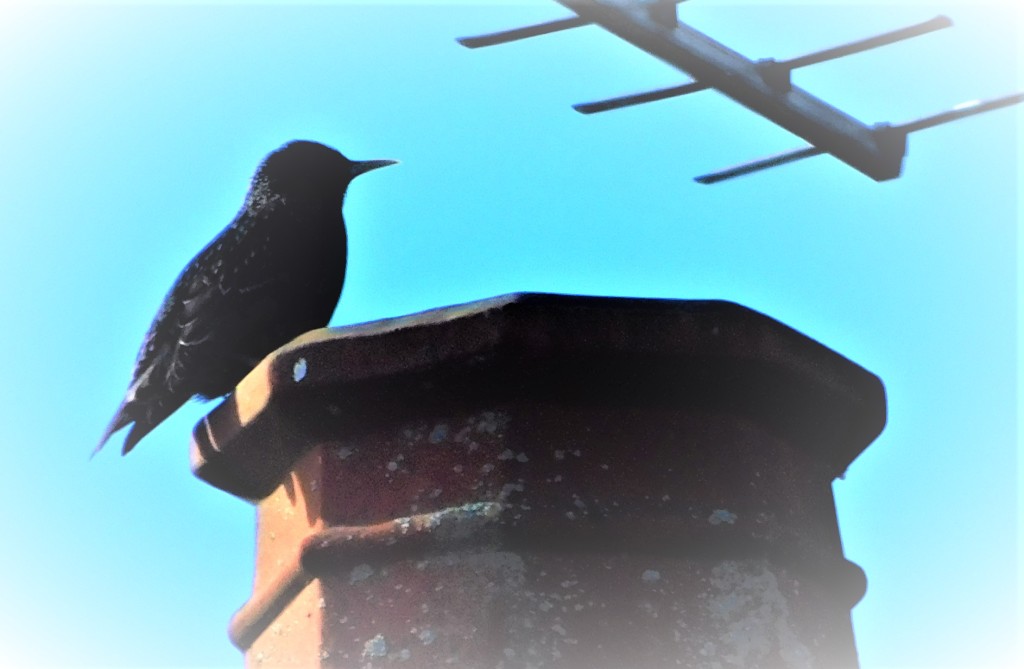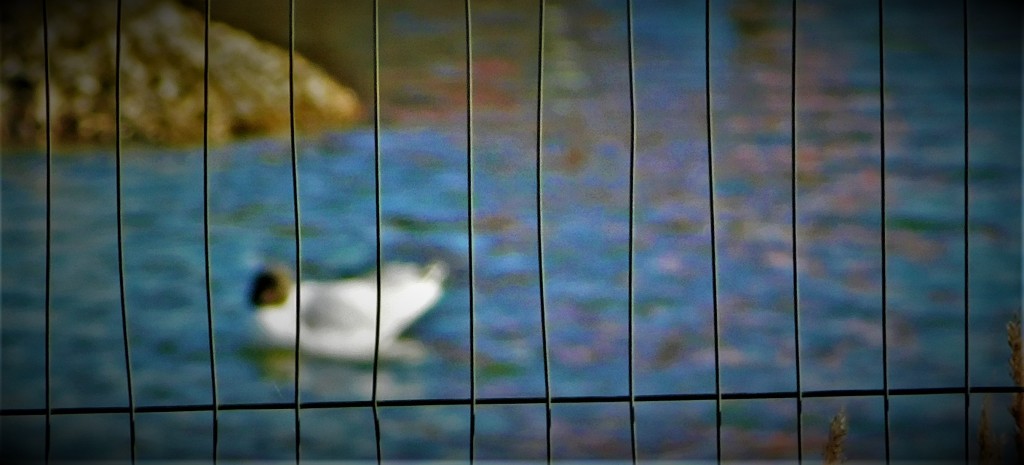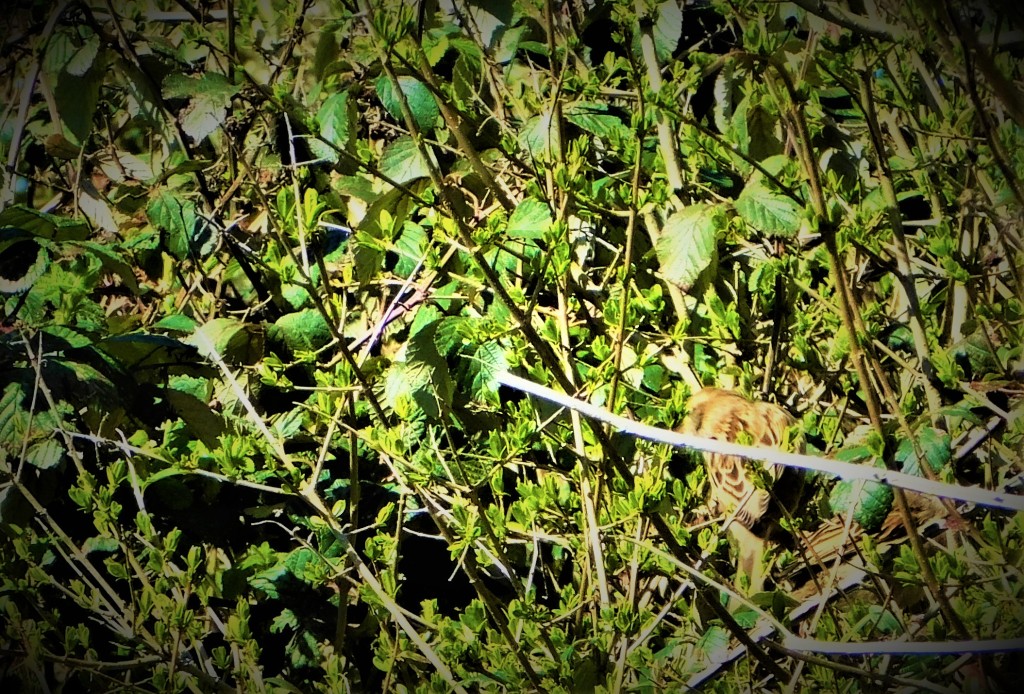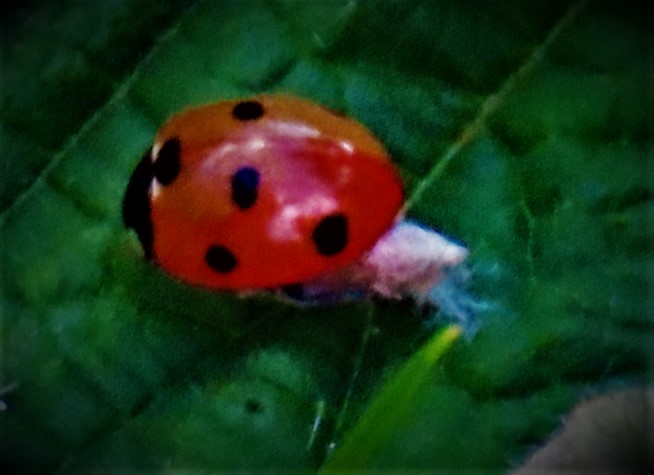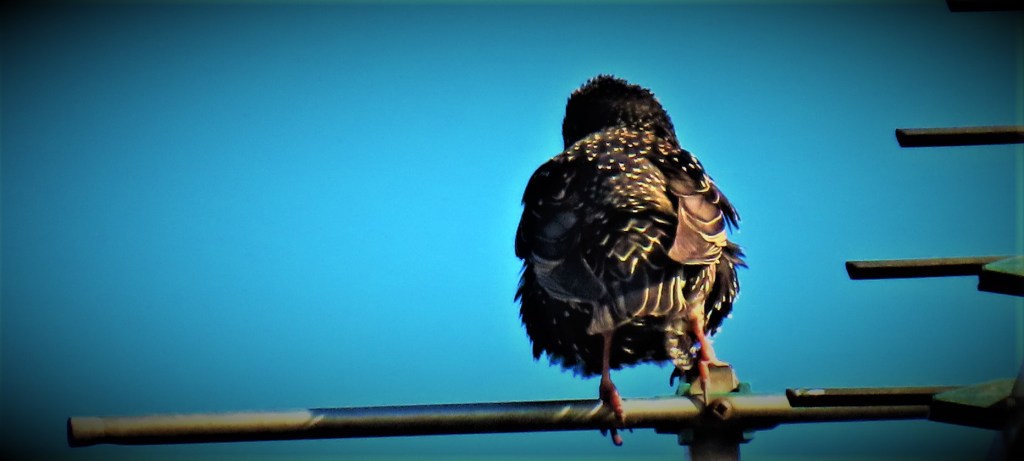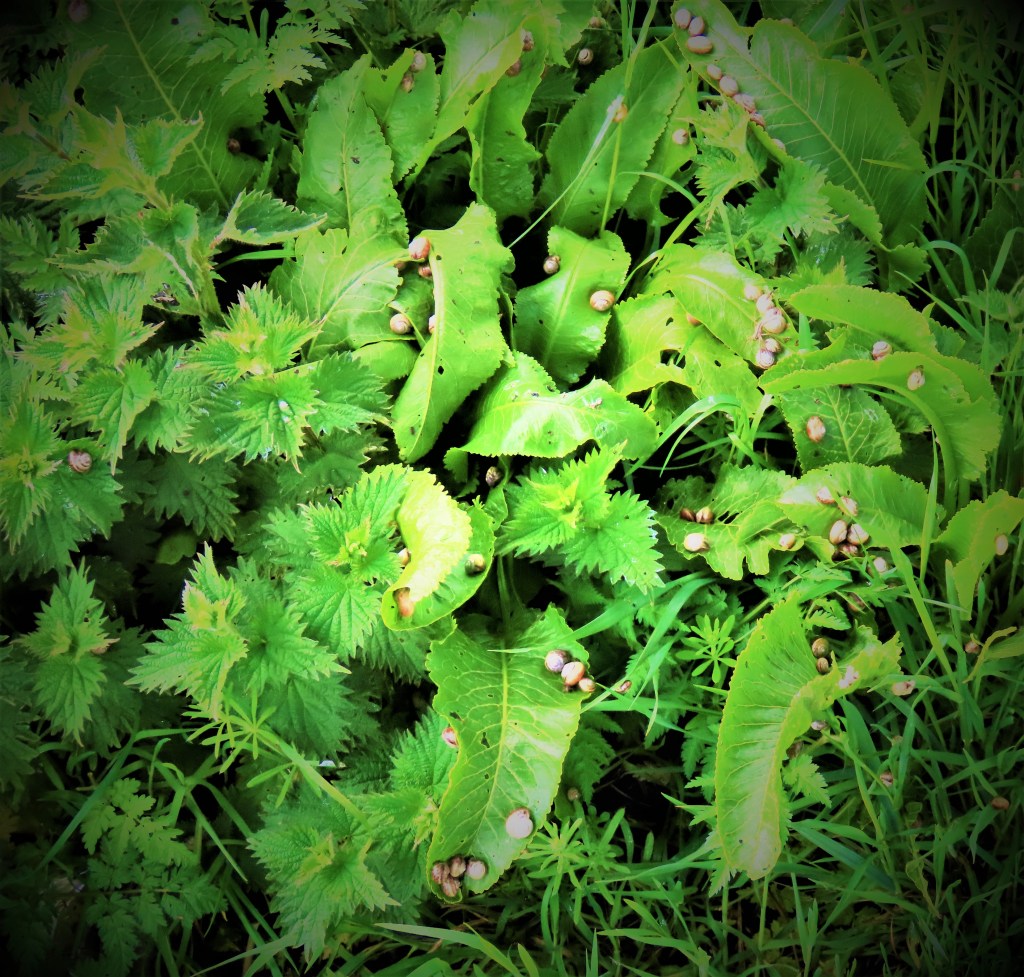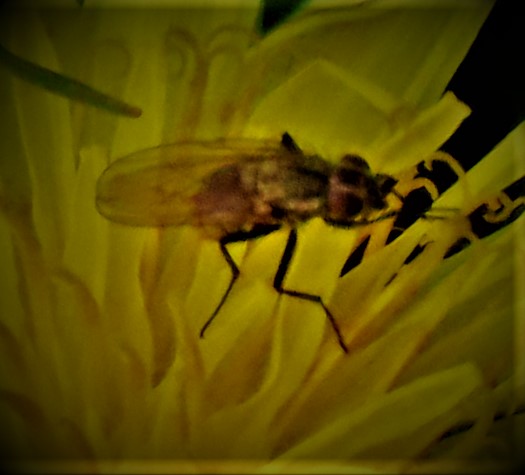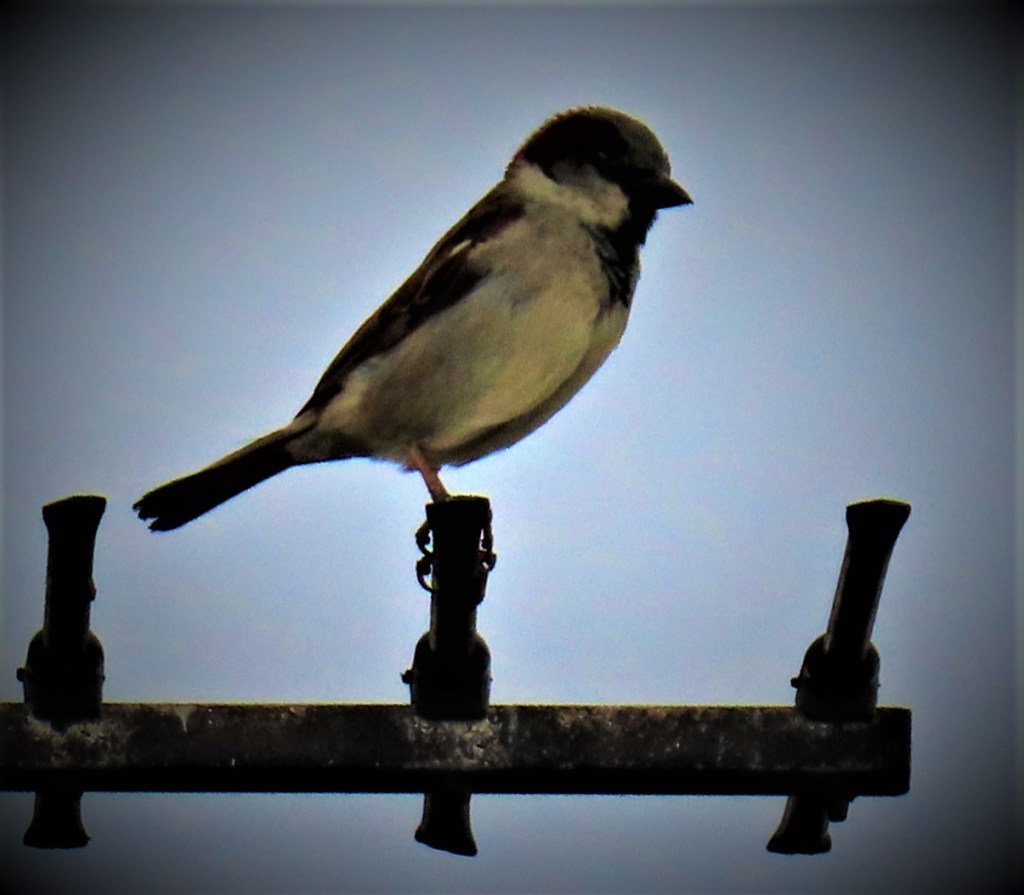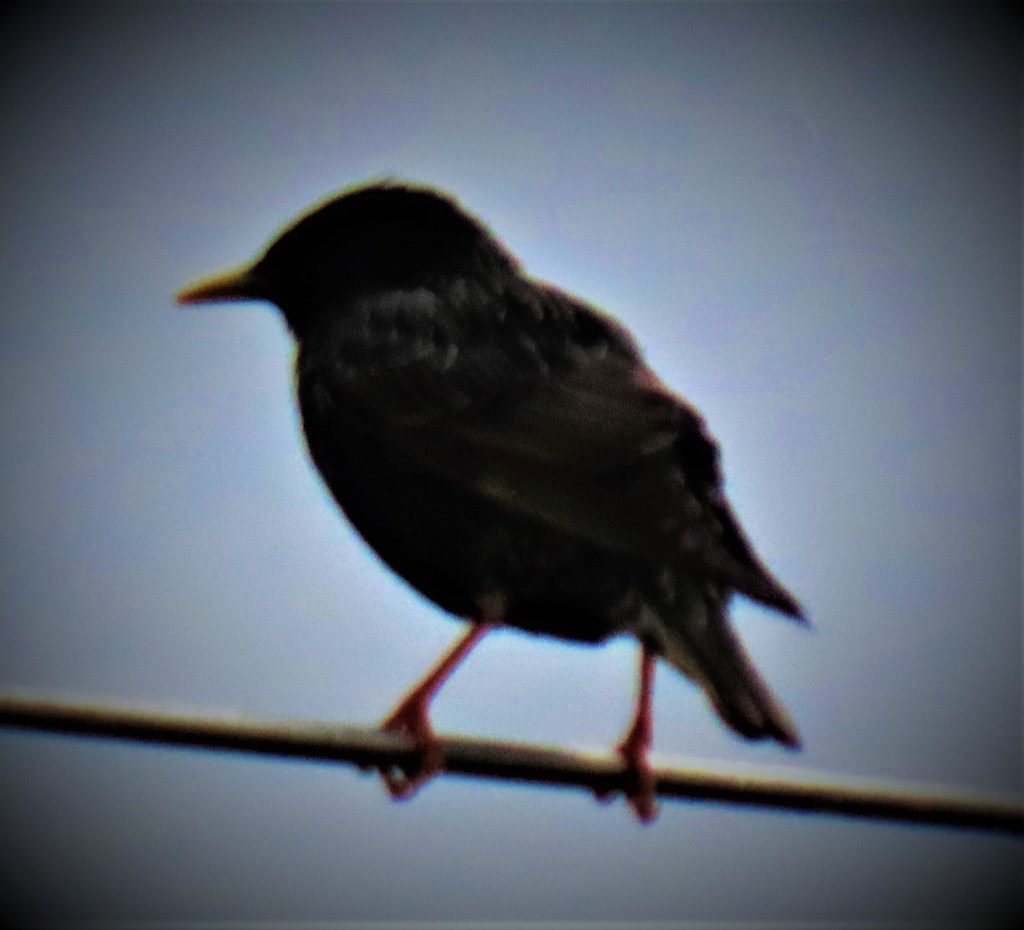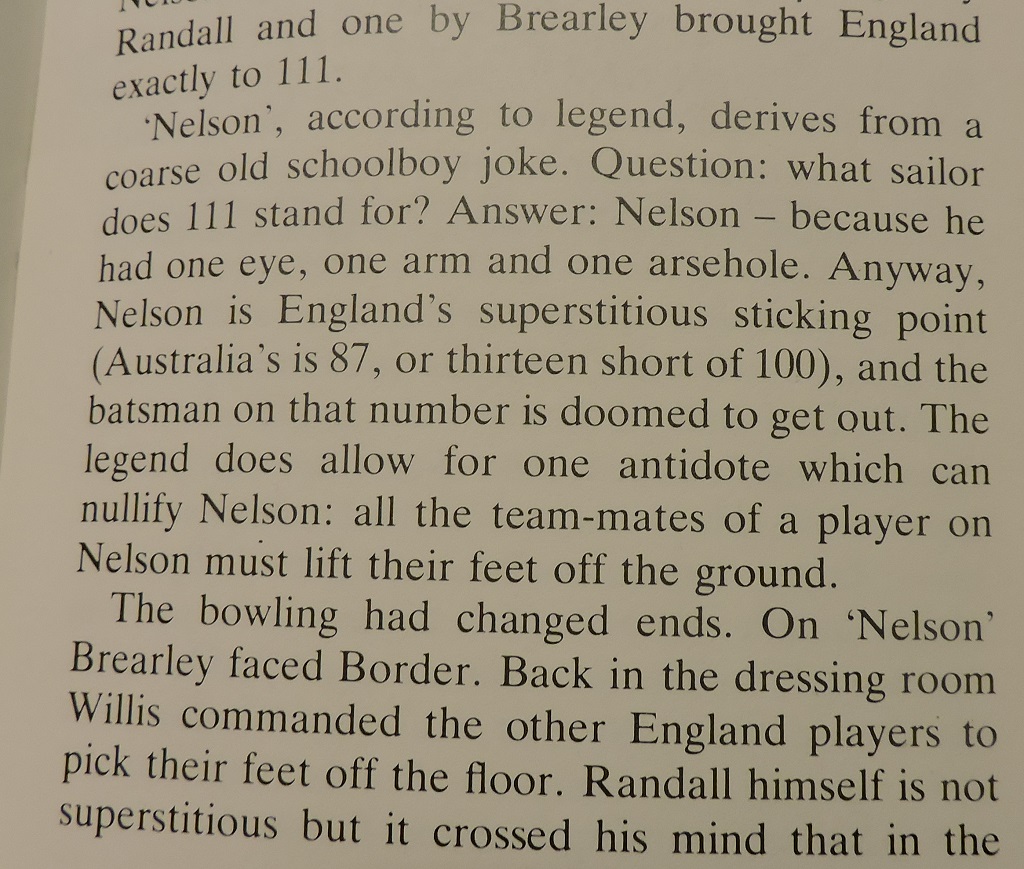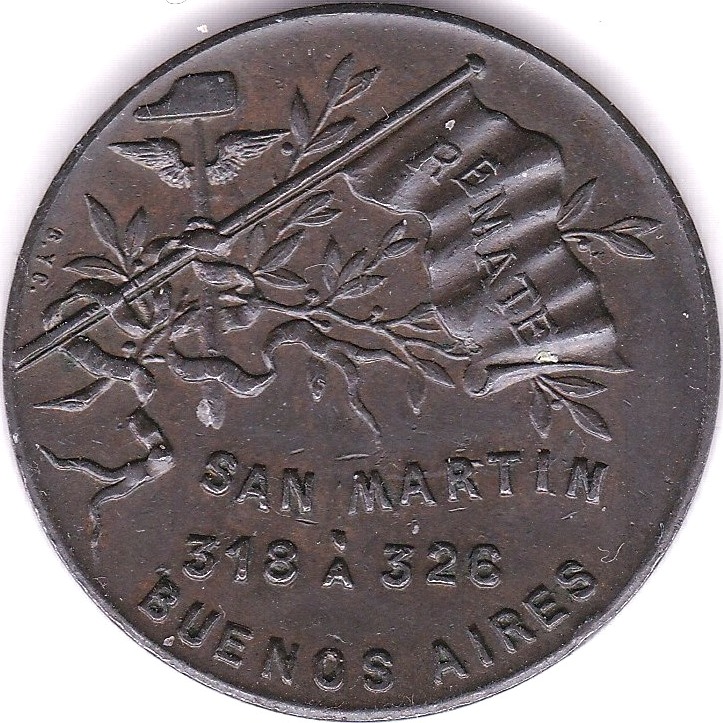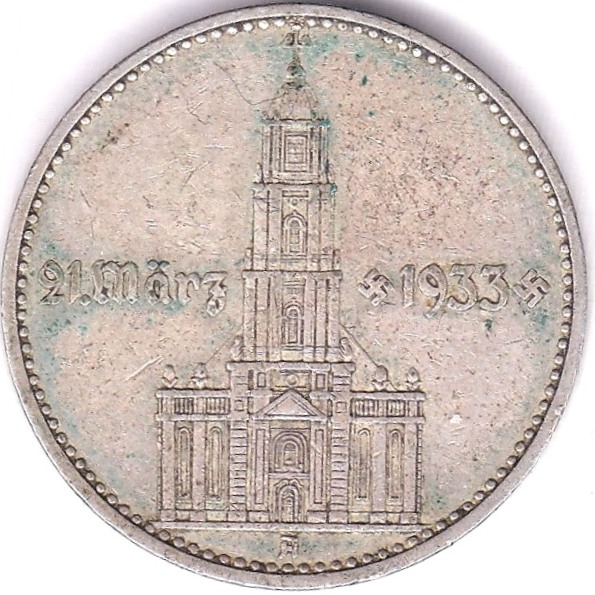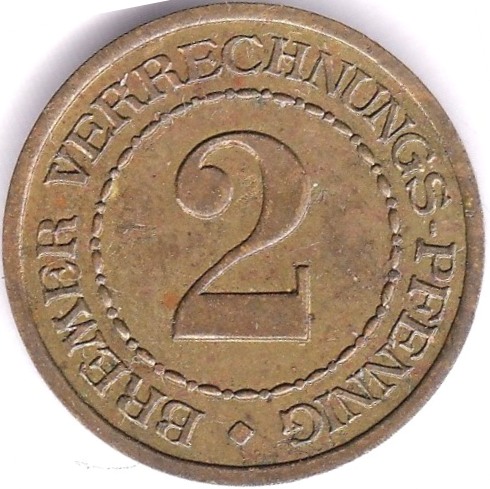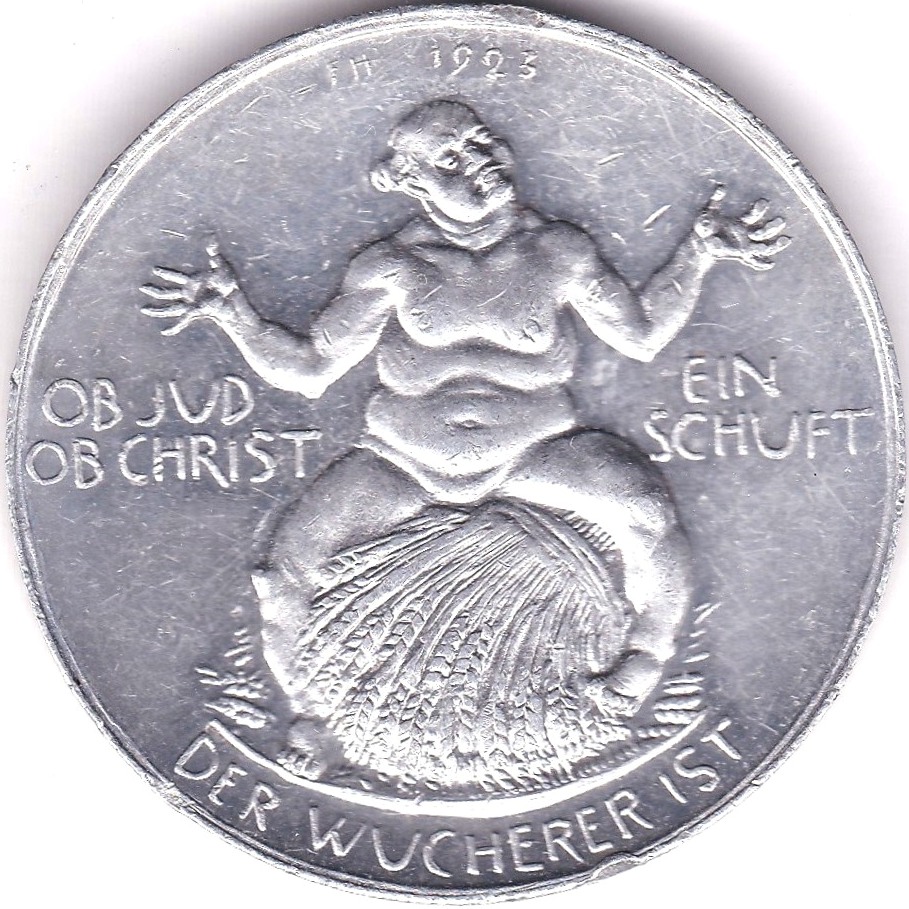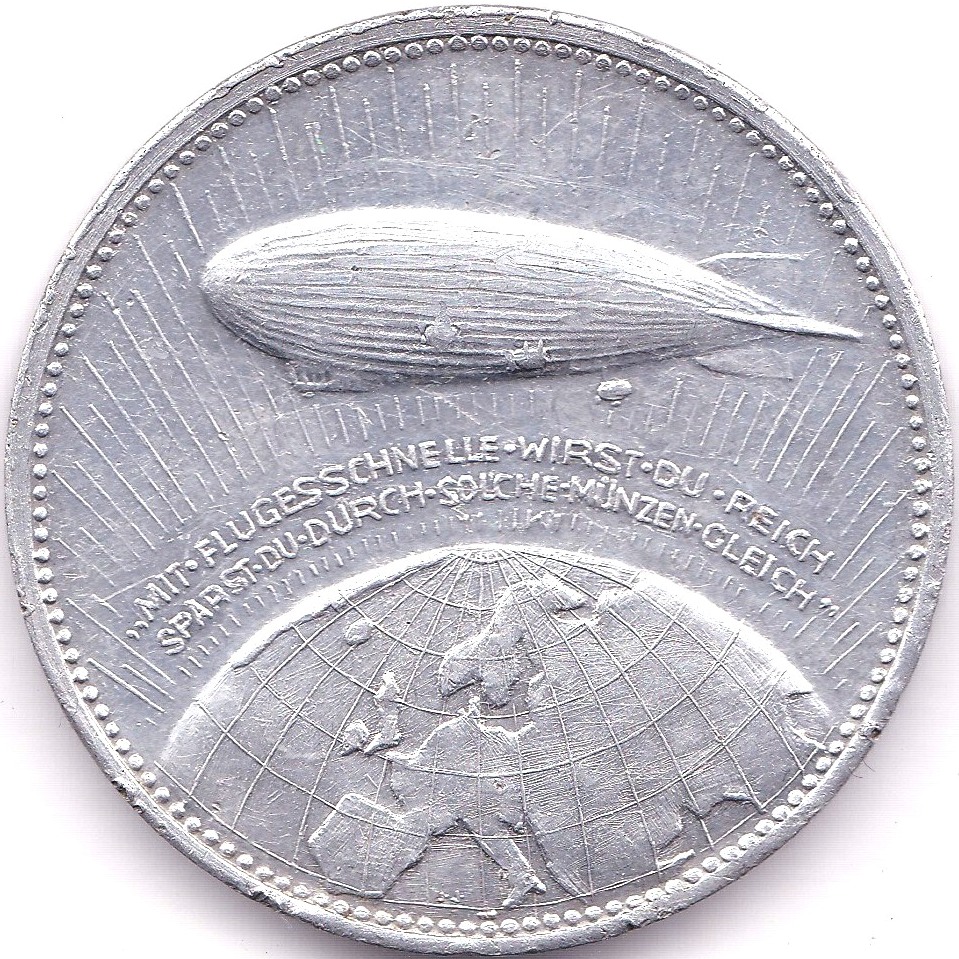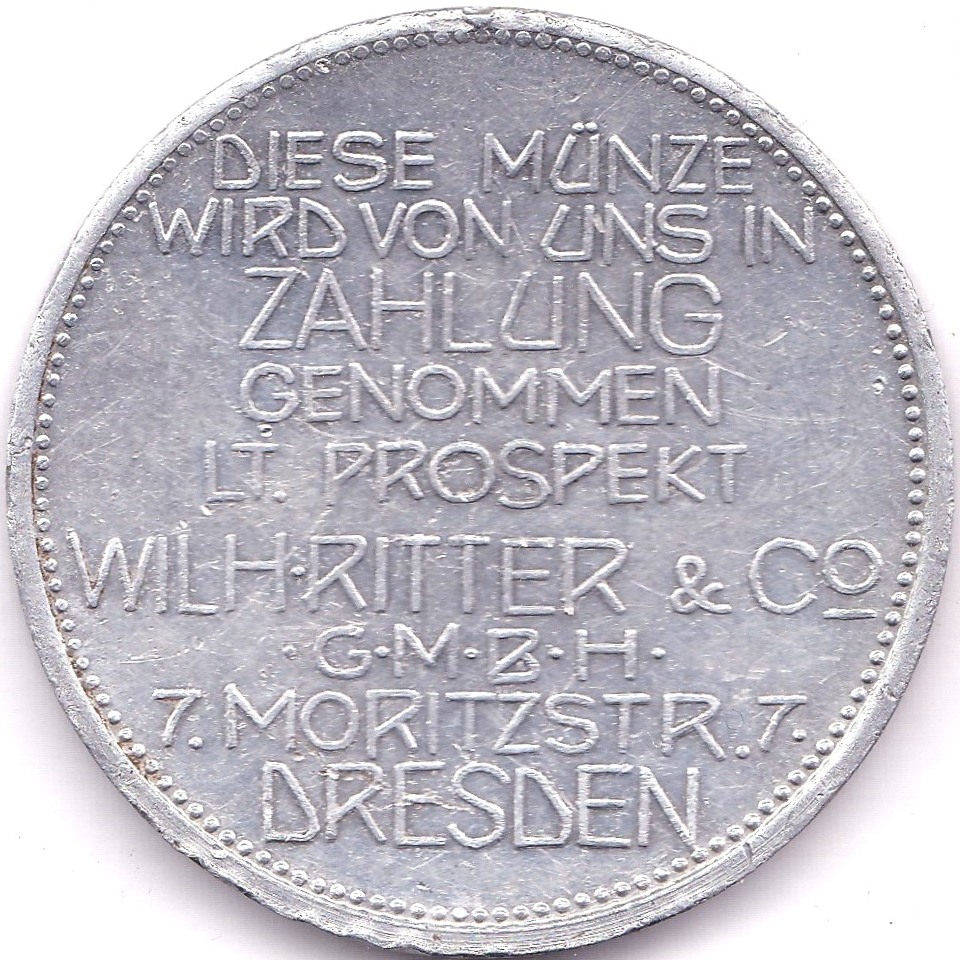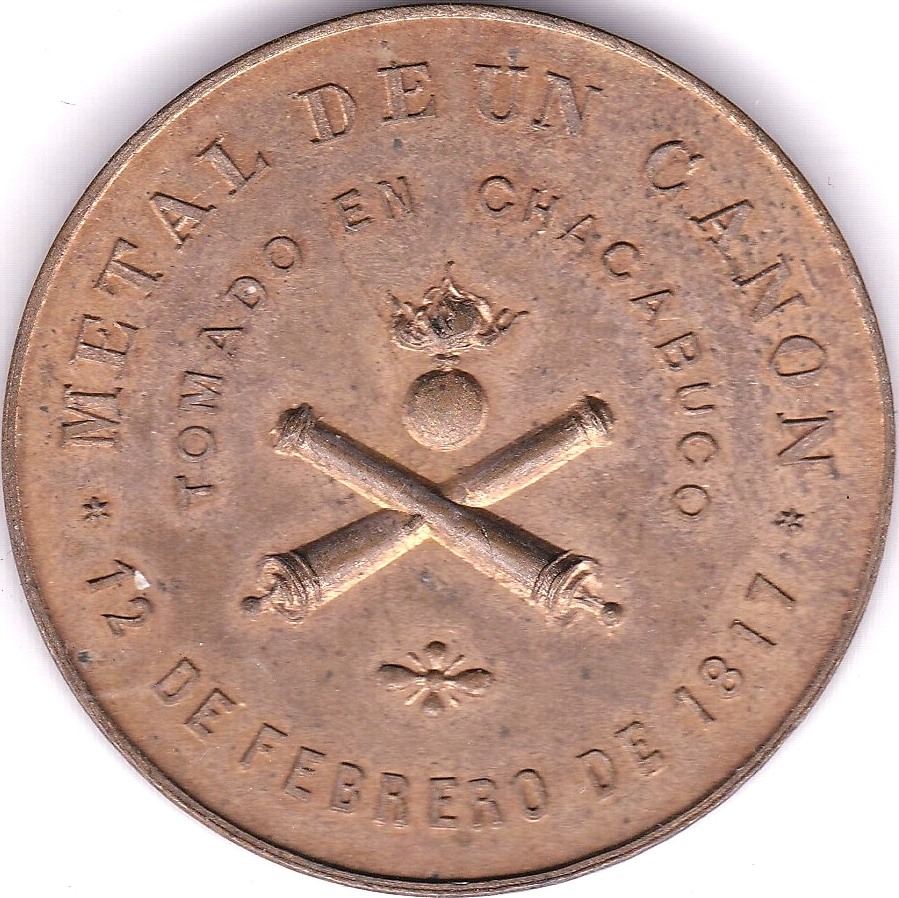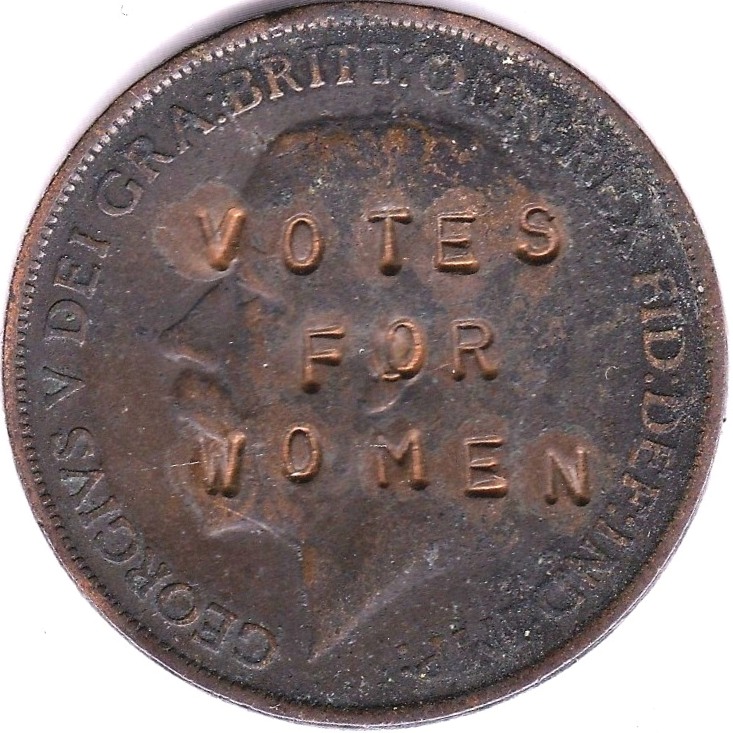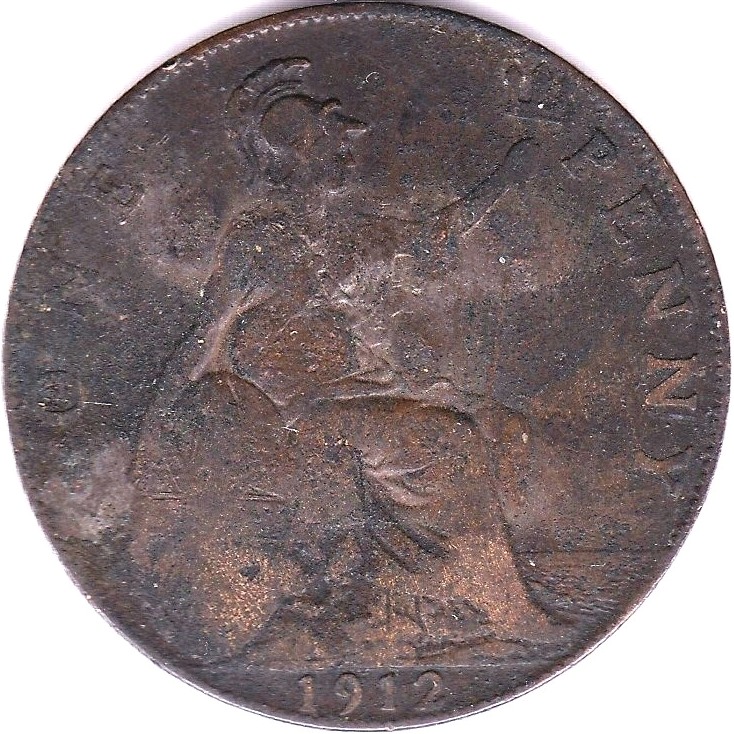This post looks at the number 48 for reasons which will become apparent.
THE NUMBER 48
48 has the most factors of any number under 50, nine other than itself (24, 16, 12, 8, 6, 4, 3, 2, 1). It is therefore an ‘abundant number’ – abundant numbers are those whose factors add up to more than the number itself, while deficient numbers have factors that add up to less than the number itself, and perfect numbers have factors that add up to exactly that number. In the case of 48 its factors add up to 76, giving it an abundance of 1.583.
48 squared is 2,304, and 2*3!*4+0 = 48, while 48 cubed is 110,592, and ((11+0)*5)-(9-2) = 48.
48 IN CRICKET
As a cricket fan I look at occurrences of the number 48 in the game. In 1907 Colin Blythe, Kent’s left arm spinner of the era, conceded just 48 runs while claiming 17 Northamptonshire wickets in one single day’s play. This is the cheapest ever match haul of 17 wickets, and the joint most ever taken in a day in first class cricket.
In the 1925 first class season Nottinghamshire skipper Arthur Carr hit 48 sixes. The following season he would captain England in the first four matches of the Ashes series, before Percy Chapman was brought in as skipper for the last match of the series.
In 1896, WG Grace scored 301 against Sussex at the age of 48, still the oldest ever first class triple centurion.
In the ‘Jubilee Match’ early in 1980 Ian Botham claimed 7-48 in India’s second innings, noteworthy as he had already taken 6-58 and scored 114*, the first man to combine a century and a ten wicket match haul at test level, although a few months earlier Enid Bakewell had achieved the same feat for England Women against West Indies Women.
At Edgbaston in 1981 against Australia England captain Mike Brearley managed the highest individual score of the match with 48 in England’s first innings. This was the first completed test match since 1935 to not feature an individual half century. Australia had the better of most of it, but then collapsed from 87-3 to 121 all out in the final innings to lose by 29 runs.
Why I have I produced a post the text part of which focuses on the number 48? Because today is my 48th birthday.
PHOTOGRAPH
I have decided to select a single image with which to end this post…


















